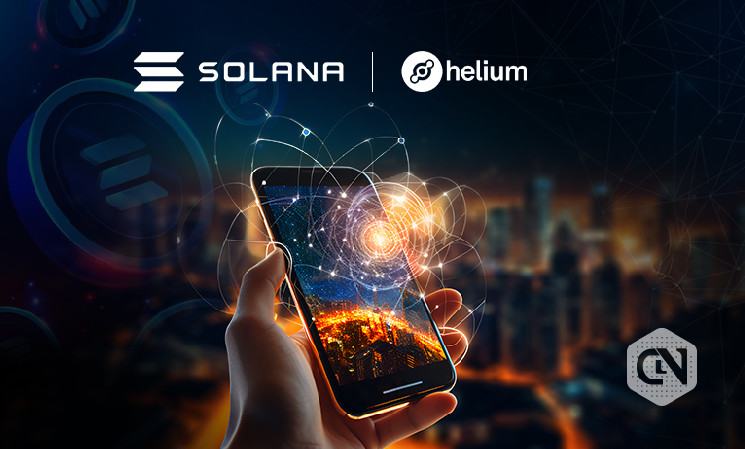Decentralized physical infrastructure networking (DePIN) is one of the quickest increasing sectors within Web3. It is influencing individuals in more ways than one in the physical world. DePIN takes the help of incentives for encouraging the provision for a framework that boosts computer rendering to EV charging.
For example, Helium is constructing a decentralized wireless network that will come with the fastest growth option globally. It is a mobile service provider that provides $20 monthly for 5G connections via its Helium Mobile network. In the words of the CEO of Helium Foundation, Abhay Kumar, it connects the providers with the receivers.
According to the Head of Protocol Engineering at the Helium Foundation, Noah Prince, Helium is a soft use case as they are connected with real world hardware. In his view-point, there is the 5G network and an IoT network. Hotspot is usable by all, so Hotspot providers receive compensation within Helium’s conventional tokens because of the connection they offer.
In the words of the COO of Helium Foundation, Scott Sigel, operating on a community-created network is cost-effective. The cost is viable as the other networks come with huge physical structures and all the overhead costs, which do not allow any cost-cutting in terms of connectivity offerings.
From shifting to Solana, Helium has delivered its $20 unlimited 5G cellular connectivity all over the US and extended its services in Mexico, in association with Telefonica. It has also collaborated with Google to connect its Pixel 8 smartphone with the services rendered by Helium and Hotspot.
As per Sigel, Token incentives pave the way for them to connect with the real world, for which blockchain technology is used. Solana comes in handy due to its speed and upgrading potential.

